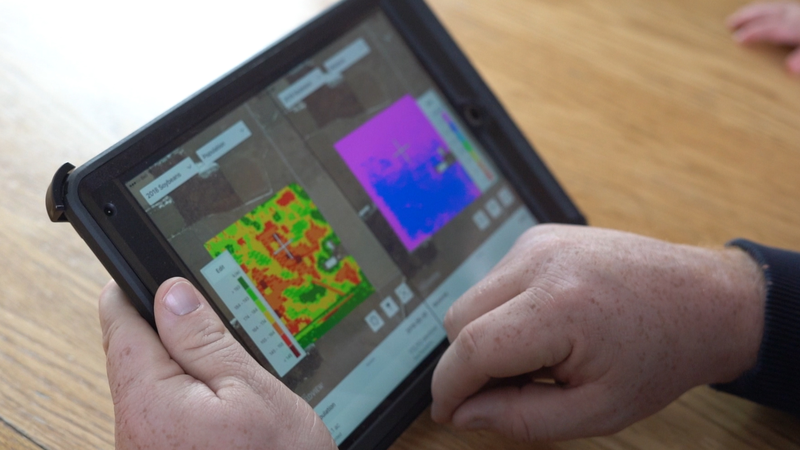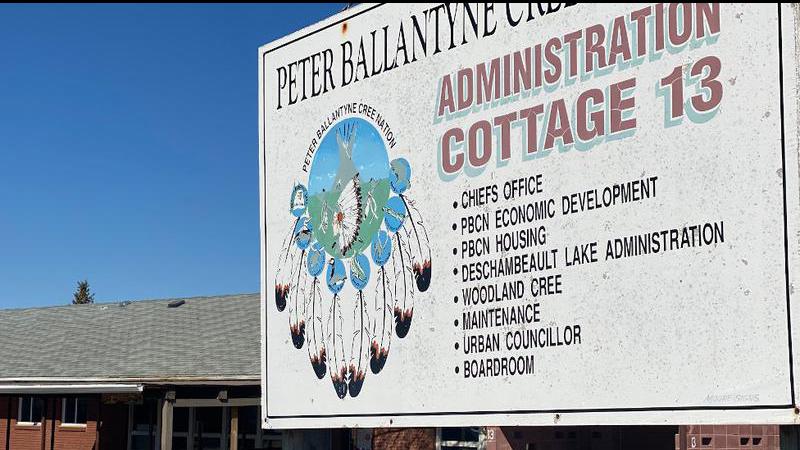
Convention on the Rights of the Child
Children’s rights are human rights for children. The 1989 Convention on the Rights of the Child is a treaty that recognizes specific rights for children.
This year, UNICEF commemorates the treaty’s 30th anniversary and our longstanding promise to protect the rights of every child around the world.
Human rights are basic standards to which every person is entitled, to survive and develop in dignity. The United Nations set a universal standard for human rights with the adoption of the Universal Declaration of Human Rights in 1948. Since then, a number of human rights treaties have been developed to recognize the basic rights of all persons. Children have these rights, too. Children (under age 18) also have specific rights, recognized in the 1989 Convention on the Rights of the Child, given their vulnerability and dependence. All children’s human rights apply to all children at all times, without exception. The provision and protection of children’s Convention rights is the primary responsibility of governments at all levels, and realizing the promise of the Convention is an ongoing, progressive commitment.
The Convention on the Rights of the Child sets out these rights in 54 articles and in a set of Optional Protocols.


